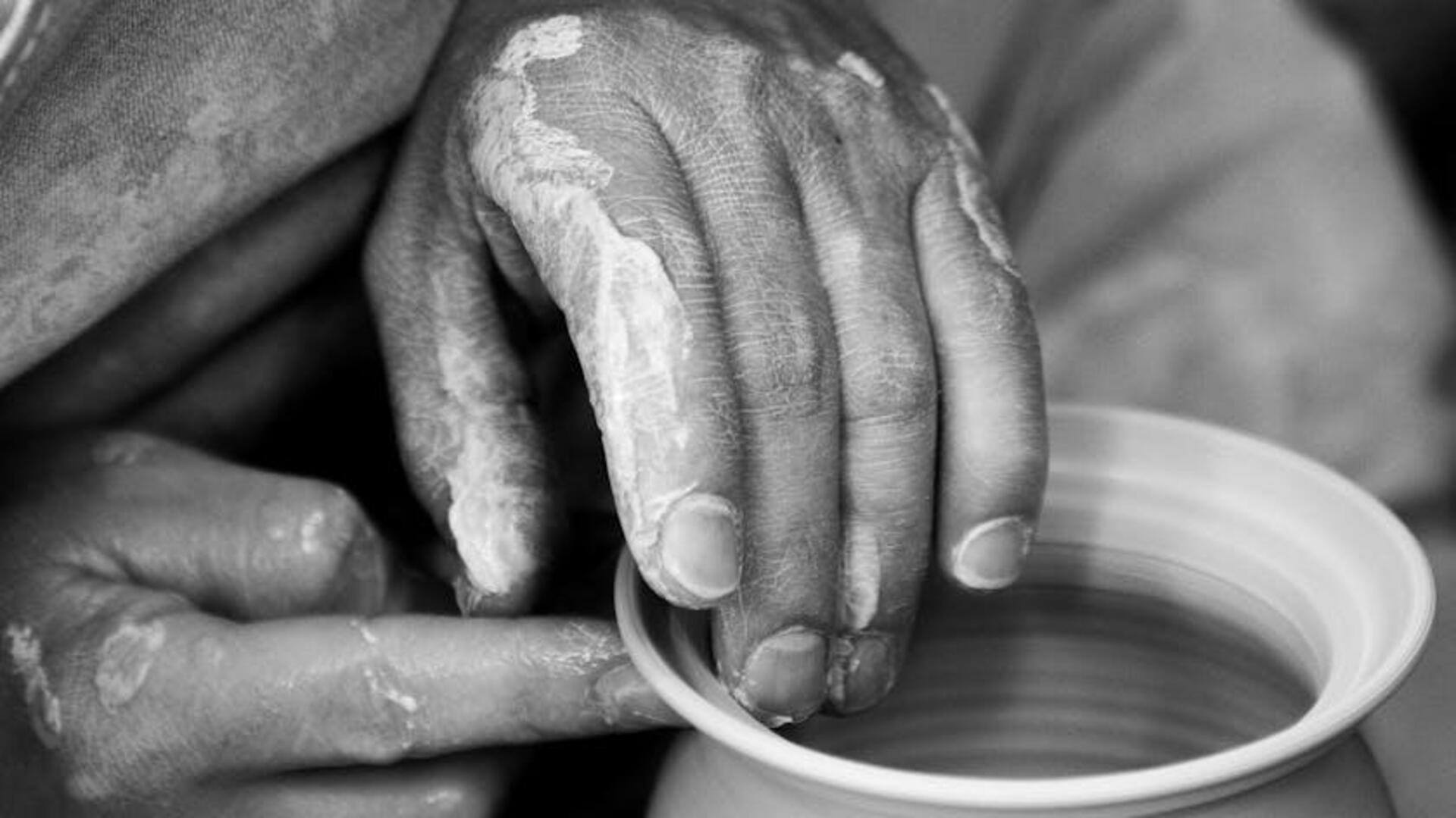
Traditional clay pottery villages: Hands-on crafting escapes
What's the story
Visiting traditional clay pottery villages is like stepping into a living museum of ancient pottery art. Quietly tucked away in peaceful landscapes, these villages provide a unique opportunity to learn from local artisans. This article focuses on choosing the perfect village and appreciating the cultural importance of pottery, serving as a complete guide to planning such artistic retreats.
Selection
Discovering hidden gems
Picking the right village for your pottery retreat is key. Opt for places with a strong historical reputation in ceramics and pottery-making. Some villages provide a more holistic experience, offering cultural tours and local craft markets in addition to pottery classes. Online forums and travel blogs are great resources for finding out which villages deliver the most genuine and fulfilling experiences.
Interaction
Engaging with local artisans
By visiting traditional clay pottery villages, you get to interact with local artisans. These skilled craftsmen, often using techniques passed down through generations, not only enhance your experience but also directly support local economies. They are usually more than happy to share their stories and demonstrate their techniques, providing a unique insight into their craft.
Learning
Hands-on pottery workshops
The highlight of your visit to a clay pottery village will be joining hands-on workshops. They offer classes for all levels, from first-time beginners to experienced potters. While workshop prices differ, you should anticipate spending approximately $30-$50 for a half-day session. This usually covers materials and firing expenses. This is your chance not only to learn but also to craft your very own artistic memento!
Understanding
Cultural significance and traditions
Learning about the cultural symbolism behind traditional pottery practices can greatly enrich your experience. In many cultures, certain shapes, designs, or colors are used in pottery because they have historical or symbolic significance. Some villages might also have museums or exhibitions displaying ancient pottery artifacts, which can provide a fascinating glimpse into the historical development of these art forms.
Preparation
Practical tips for visitors
Before you go, keep these in mind: Wear clothes you don't mind getting dirty, book workshops in advance if needed, bring cash as some artisans might not accept credit cards, and always respect local customs. Following these guidelines will ensure a respectful and unforgettable experience visiting traditional clay pottery villages.